Hands-On Number Game: Buried Treasure
Inside: A fun, hands-on number game, revise counting, numeral recognition and simple addition by digging for buried treasure!

My kids love digging in the dirt and sand. And treasure hunts? Well, they are just the icing on the cake. So when I suggested they go digging for buried treasure in our backyard sandpit, both of my sons (ages 9 and 6) were excited. This hands-on number game is a wonderful way to practice math skills!
Hands-On Number Game: Buried Treasure
For this activity, you will need:
- A sand play area or a portable container to hold sand (such as a large plastic bin or tub)
- Sand
- 10 to 20 “buried treasure” items such as rocks, sea glass or plastic animals
- Shovel
- Brush to dust off uncovered treasures (optional)
- Chalk
Before this adventure can begin, you’ll need to bury 10 to 20 treasures in the sand for your child to unearth during the activity.
Recommended age: 5+ years (the level of adult support will depend upon the age and development of the child)
To play:
1. Invite your child to dig for the buried treasure in the sand. You might want to offer a plastic shovel or sifter to use for the search, though bare hands work just fine. Some children may want to use a small brush to wipe off uncovered items once they’re found – just like a real scientist would!
Set aside each treasure until all have been discovered.
2. Ask your child to sort the treasures. Encourage them to look closely at each of the items. You can suggest ways to sort (by type, shape, color or size), or leave that up to your little one. My 6-year-old decided to sort his rocks by color.
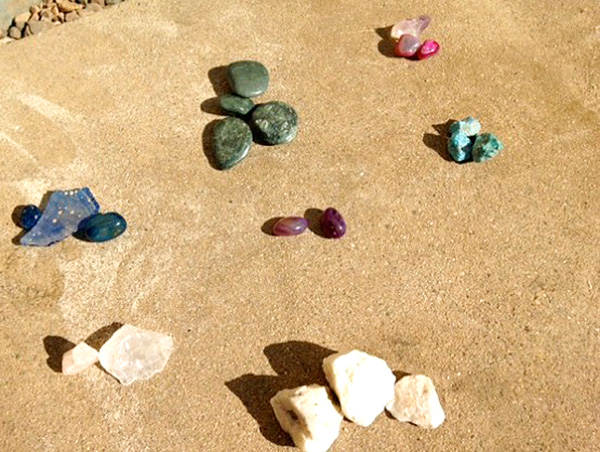
3. Tally up your sorted treasures. As appropriate, have your child write down the number of items in each sorted group as a numeral and/or a word.
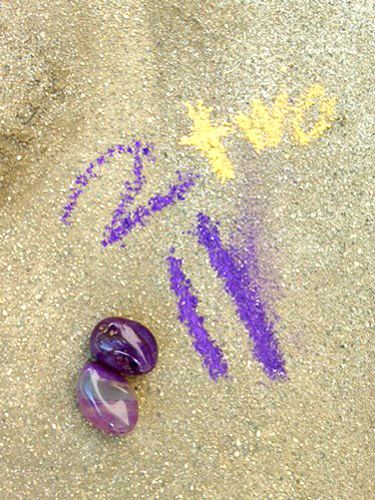
4. Invite your child to solve an equation – or have your child create one of his own. Here, we used sticks for math symbols. Without prompting, my son chose to write the number of items in each group before solving.

Extension activity:
- This activity would also be fun for learning about money. Instead of burying natural items, use coins. Children can then identify, sort, determine coin value and more.
If you’re looking for more outdoor learning ideas, don’t miss these posts;

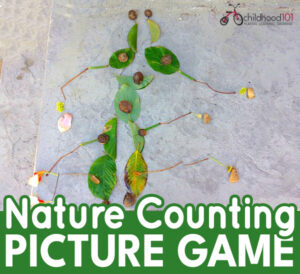
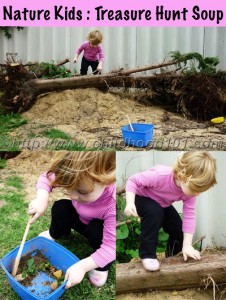
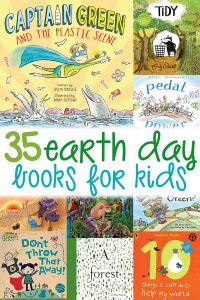
2 Comments
Comments are closed.